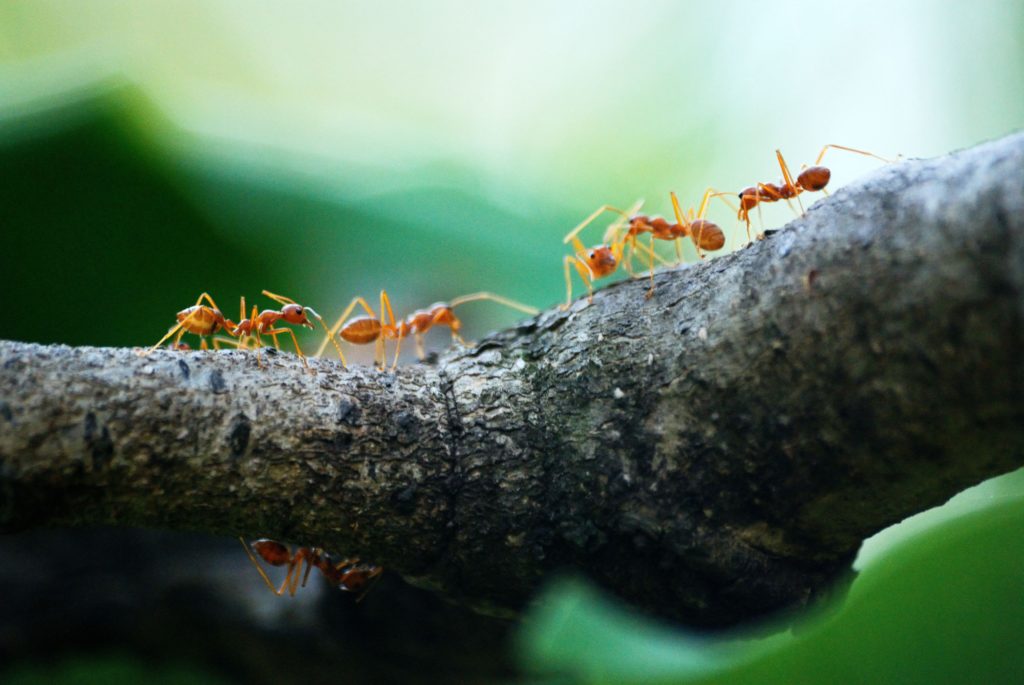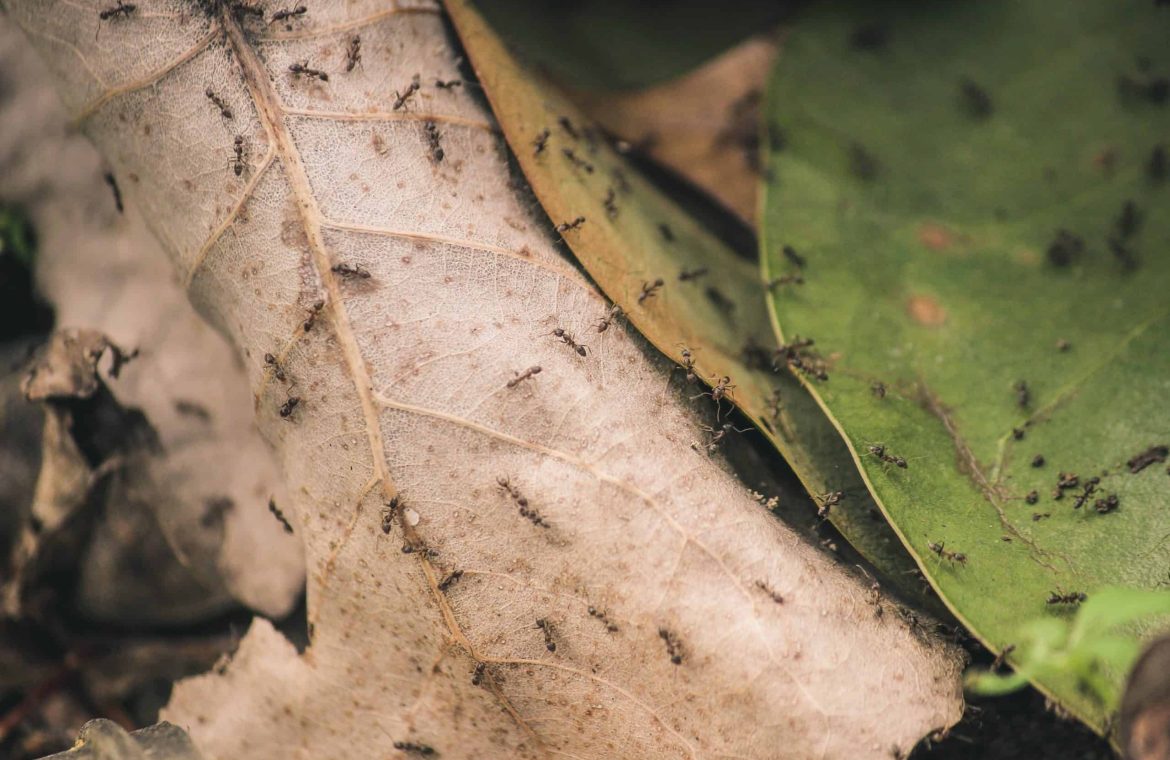Estimated time: 4 minutes
Collaborating in a group is not easy. Even if you act with a few people, it is easy to be misunderstood. What if there are hundreds or thousands of people involved in the project? This is how the natural environment works! Let’s check the relationship between living things, that is, who in nature can count on others, and who only pretends to be a friend.
There is room for everyone
There are countless living things around us. Each of them should have access to adequate water and food. A good hiding place will also come in handy in case of an emergency. It seems easy to take care of all this stuff, but it’s definitely better to have someone help you.
This is the reason why friendships with animals occur. Relationships between organisms also appear in the plant world. If we look closely, the natural environment is filled with all kinds of relationships between species. Some, with similar life requirements, compete with each other for resources, others try to cooperate.
However, we must understand that our human friendship is different from the friendship of nature. In an environment, a relationship is not about choosing someone we like more. Collaboration is established between favored species that occur in the same place and may last much longer than the life of the individuals.
Relationships between living things – together we can do more
To carefully observe the relationship between living things, let’s go on a short excursion. Recall the image of a beautiful green meadow next to the forest in your imagination. There you will meet a clover who has a close friendship with … a bumblebee. You will definitely know it easily – meadow clover has very unique flowers. They are very long and narrow. Most insects cannot get inside to collect nectar. Without it, the plant would not be pollinated and would not be able to produce fruit.
Fortunately, her good friend, the bumblebee, has a long mouthpiece, thanks to which she can reach the pollen hidden in the narrow crown of the flower. The bees are provided with food, the alfalfa has been pollinated, and the cooperation is perfect.
What do they have in common? Solidarity!
Symbiosis – this is what biologists call the relationship between a bumblebee and a clover. What is coexistence? It is a natural system, the basic premise of which is to help each other. What is coexistence in real life? It’s just a friendly relationship between the two species.
We can divide symbiosis into two types:
- Protocooperation – any friendship is optional.
It’s a relationship between two species that might do well without each other. This arrangement occurs between ants and aphids.Ants use the thick liquid secreted by aphids and in return provide them with additional protection against their natural enemies. Both ants and aphids can fend for themselves, but we all know it’s better together!
- Interchangeability – i.e. you can’t get any closer.
What is reciprocity? The easiest way to say it is a lifelong relationship. It happens when some species not only help each other but are also necessary for their survival. This cooperation arises between termites and bacteria that live in their digestive system.Thermite provides favorable conditions for the growth of bacteria, which in turn helps them to digest the wood you eat.

Not everyone wants good for you
In nature, as in ordinary life, we may come across a fake friend. Such a person just wants to take advantage of us and pretend to be useful, not in good faith. There are many such relationships in the environment. no wonder. The daily struggle for survival makes the rule: no forbidden! Such an insidious object is, for example, a sign.
Crouching in the tall grass, it accurately senses the smell and records the warmth of our bodies. And while we were passing, we hit the grass. Then the tick falls on our body and gets stuck in a convenient place. In this way, it becomes a parasite external to humans. Tick gets food, man? Well, it’s not a fun meeting for us. Not only do we gain nothing from it, we can also get very serious diseases.
The relationship between ticks biologists call parasitism. It’s definitely a difficult relationship with other species. what parasitism? It’s life at someone else’s expense. In this relationship, one organism gains and the other harms. Parasites usually do not kill their hosts, but they often weaken them. Be very careful with them!
This might interest you: What does a cartographer do?
complex network of relationships
Admit it, nature is a highly programmed machine. All living things live together with their basic needs met. Mother Nature cares about everyone as much as she can, but in this challenging world of nature, both old and young are still exposed to many dangers. That is why it is good to establish cooperation. Without it, the environment would not be able to function as well.
——
sources:
https://zpe.gov.pl/a/wspolpraca-miedzy-gatunkami/DoyBZxjoO
https://zpe.gov.pl/a/wspolpraca-miedzy-gatunkami/DoyBZxjoO
https://cam.waw.pl/pokolenia/artykul/kleszcz-atakuja-nie-tylko-w-lasach-pokolenia-19/
https://www.medianauka.pl/mszyce
https://pl.better-pets.net/12019364-mutualism-in-biology-examples-and-definition

“Music specialist. Pop culture trailblazer. Problem solver. Internet advocate.”







